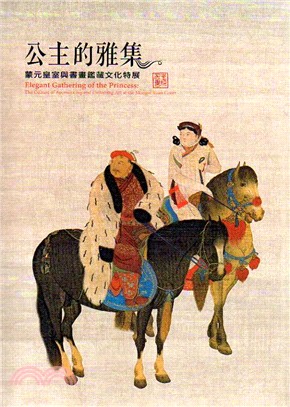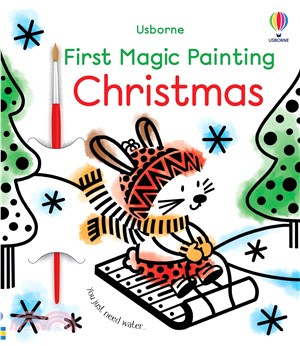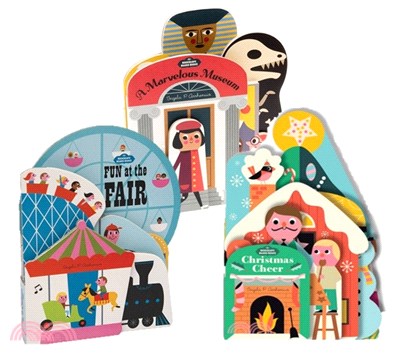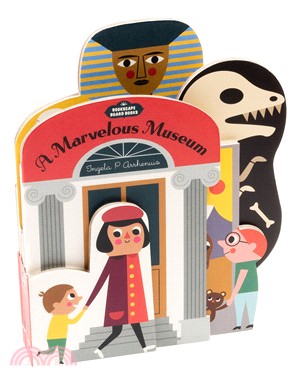商品簡介
相關商品
商品簡介
元朝至治三年(1323) 三月二十三日,蒙古公主祥哥剌吉(Sengge Ragi) 在大都(今北京)城南的天慶寺主辦了一場雅集。這場雅集由秘書監丞李師魯負責,並有公主王府人員協同辦理。雅集活中, 公主將她所藏的書畫作品提供參與雅集的人欣賞,並請他們為作品題跋。這場雅集被認為是宣示蒙古皇族參與中國書畫藝術鑑賞活動的重要事件,學者利用其收藏印「皇姊圖書」,整理出一批公主收藏的書畫清單,藉此從文化史角度分析蒙古皇室的收藏新品味。 公主祥哥剌吉是忽必烈的曾孫女,祖父為真金太子,父親是答剌麻八剌。蒙元皇室中不只有公主參 與書畫的收藏活動,公主的女婿元文宗(圖帖睦爾)成立了奎章閣,與學士文臣們觀覽圖籍、參與 藝術鑑藏,使用「天曆」、「奎章」收藏印。元順帝(妥歡貼睦爾)也有「宣文閣寶」印,都曾有重要的宋元書畫收藏。 此次特展將展出四十三件書畫,多屬宋元時代的精品,部分為限展作品,將分前後期展出。除展示這三位蒙元皇室成員的書畫收藏作品,也希望在介紹元代皇室收藏作品清單之際,能從蒙元文化的角度進一步解讀蒙古皇室參與中國書畫藝術的文化意義。相較過去強調蒙元皇室書畫鑑藏活動的漢化意涵,此次的特展則是更積極地呈現蒙元時代的多族文化互動成果,向觀眾提出一個能夠呈現出「包容兼納」的文化新視野。
On the 23rd day of the third lunar month in the third year of the Zhizhi reign in the Yuan dynasty (corresponding to April 28, 1323), a prominent Mongolian princess by the name of Sengge Ragi held an elegant gathering at Tianqing Temple south of the capital Dadu (modern Beijing). Li Shilu, Director of the Imperial Library, was responsible for the gathering and members of the princess’s imperial household assisted in organizing it. During the event, she took out works of Chinese painting and calligraphy from her collection for the appreciation of those in attendance and invited them to write inscriptions. This elegant gathering has come to be seen as a means for the ruling Mongols to proclaim their acceptance and appreciation of the high arts of Chinese painting and calligraphy. Modern scholars have also studied surviving and recorded works with the princess’s collection seal, “Library of the Imperial Elder Sister,” to compile a list of painting and calligraphy that was once in her collection. From the perspective of cultural history, their research offers a way to analyze the acquired tastes of appreciating and collecting art on the part of the Mongol rulers. Princess Sengge Ragi was the great-granddaughter of the renowned Kublai Khan. Her grandfather was Prince Zhenjin and her father Darmabala, both also important figures in the Mongol Yuan ruling clan. She was also not the only member to take part in activities related to collecting art. Her son-in-law, Tugh Temür, who became Emperor Wenzong, established the Kuizhang Pavilion. There, he viewed rare books and participated in the appreciation of art with academicians, using seals with the “Tianli” (for his reign name) and “Kuizhang” characters to mark his collection. Later, Togon Temür (the last Yuan emperor known as Shundi) used the seal “Treasure of the Xuanwen Pavilion” on Chinese painting and calligraphy at his court. These three figures all had important works of the Song and Yuan dynasties in their collections. This special exhibition features 43 works, many of which are masterpieces from the Song and Yuan dynasties. Since some are of “restricted” status, they must be rotated to accommodate shorter display periods. The exhibit is not merely an opportunity to present famous artworks from the collections of these three members of the Mongol Yuan imperial clan. By providing a glimpse of the imperial holdings, the display demonstrates, from a Yuan cultural perspective, the significance of Mongol rulers’ involvement in Chinese painting and calligraphy. In contrast with previous studies emphasizing the sinicizing role of Chinese art on Mongol rulers, this exhibit focuses on showing the unique interaction among ethnic groups at the time, allowing audiences to witness in concrete terms a new cultural vision of “toleration and acceptance.”
On the 23rd day of the third lunar month in the third year of the Zhizhi reign in the Yuan dynasty (corresponding to April 28, 1323), a prominent Mongolian princess by the name of Sengge Ragi held an elegant gathering at Tianqing Temple south of the capital Dadu (modern Beijing). Li Shilu, Director of the Imperial Library, was responsible for the gathering and members of the princess’s imperial household assisted in organizing it. During the event, she took out works of Chinese painting and calligraphy from her collection for the appreciation of those in attendance and invited them to write inscriptions. This elegant gathering has come to be seen as a means for the ruling Mongols to proclaim their acceptance and appreciation of the high arts of Chinese painting and calligraphy. Modern scholars have also studied surviving and recorded works with the princess’s collection seal, “Library of the Imperial Elder Sister,” to compile a list of painting and calligraphy that was once in her collection. From the perspective of cultural history, their research offers a way to analyze the acquired tastes of appreciating and collecting art on the part of the Mongol rulers. Princess Sengge Ragi was the great-granddaughter of the renowned Kublai Khan. Her grandfather was Prince Zhenjin and her father Darmabala, both also important figures in the Mongol Yuan ruling clan. She was also not the only member to take part in activities related to collecting art. Her son-in-law, Tugh Temür, who became Emperor Wenzong, established the Kuizhang Pavilion. There, he viewed rare books and participated in the appreciation of art with academicians, using seals with the “Tianli” (for his reign name) and “Kuizhang” characters to mark his collection. Later, Togon Temür (the last Yuan emperor known as Shundi) used the seal “Treasure of the Xuanwen Pavilion” on Chinese painting and calligraphy at his court. These three figures all had important works of the Song and Yuan dynasties in their collections. This special exhibition features 43 works, many of which are masterpieces from the Song and Yuan dynasties. Since some are of “restricted” status, they must be rotated to accommodate shorter display periods. The exhibit is not merely an opportunity to present famous artworks from the collections of these three members of the Mongol Yuan imperial clan. By providing a glimpse of the imperial holdings, the display demonstrates, from a Yuan cultural perspective, the significance of Mongol rulers’ involvement in Chinese painting and calligraphy. In contrast with previous studies emphasizing the sinicizing role of Chinese art on Mongol rulers, this exhibit focuses on showing the unique interaction among ethnic groups at the time, allowing audiences to witness in concrete terms a new cultural vision of “toleration and acceptance.”
主題書展
更多
主題書展
更多書展今日66折
您曾經瀏覽過的商品
購物須知
為了保護您的權益,「三民網路書店」提供會員七日商品鑑賞期(收到商品為起始日)。
若要辦理退貨,請在商品鑑賞期內寄回,且商品必須是全新狀態與完整包裝(商品、附件、發票、隨貨贈品等)否則恕不接受退貨。
























